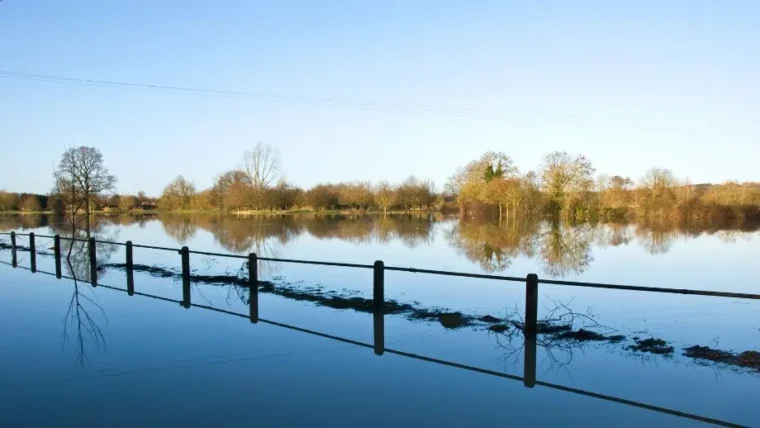Traditionally, our economy works in a linear manner – make, use, dispose. The circular economy is an alternative to this model whereby we keep resources in use for as long as possible, extracting maximum value from them. This blog will discuss what the circular economy is.
What is the circular economy?
The circular economy is seen as a solution to the resource crunch issue. The concept revolves around the idea that we do not lose resources to the economy through waste disposal, but rather keep them within the economy. This takes a cradle-to-cradle approach rather than cradle-to-grave. Key resources such as rare earth metals, minerals and fossil fuels are diminishing and the current linear use model causes massive waste. Depleting resources and political issues in some regions can lead to volatile commodity prices. A circular economy could help decouple economic growth from resource consumption and help to resolve some of these issues.
Why is the circular economy important?
A circular economy should present great opportunities for growth and encourage a more competitive economy. In addition, there should be less environmental damage from waste production, resource extraction, manufacturing and consumption. The circular economy would also encourage greater resource productivity and creativity.
Why don’t we just get better at recycling?
The circular economy goes beyond recycling. While recycling offers a waste management solution and keeps some of the resources in use, the processes involved are energy-intensive and usually downgrade materials, thus not reducing demand for virgin materials. On the other hand, a circular economy model looks at designing out waste and ensuring that resources retain their value and are regenerated, solidifying use. This looks at minimising energy use and not just focussing on better end-of-life recovery.
How do we get there?
As you can see, a circular economy approach involves all areas of the economy and will be difficult to achieve collaboratively. However, there are a number of strategies in place. For example, WRAP (the Waste & Resources Action Programme) have their Circular Economy 2020 vision, Scotland has issued a circular economy blueprint and the European Commission has adopted a Circular Economy Package, an ambitious plan for the circular economy in Europe. There is a long way to go and global manufacturers are starting to lead the way. The circular economy makes for an appealing business case and although there will be some short term disruption to business, the benefits can be far-reaching.
What will this mean for the future?
If a circular economy is adopted, it could cause a shift in consumer behaviour. A true circular economy could move away from ownership and move towards pay per use agreements. This would allow companies to retain product ownership, allowing for easier repair, reuse and manufacture and could see an extension in producer responsibility obligations.
The circular economy concept was first introduced in 1970 but has continued to gain traction and become more attractive since then. For some, it is seen as the solution to our resource problems and can contribute to a more sustainable economy. For others, it is seen as a brilliant business opportunity and an untapped market. If the circular economy does take off, we can expect to see the way we consume and manufacture products to change. How can you contribute to the circular economy? Leave your comments below.









